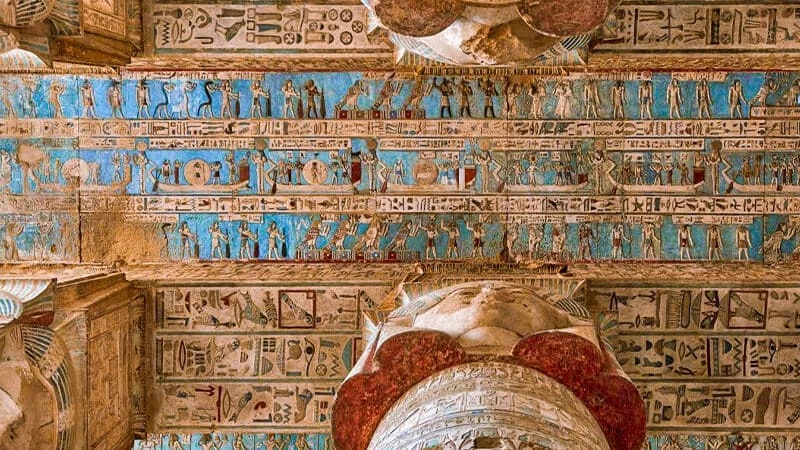
The Secret of Perfect Symmetry on Egyptian Sculptures
What comes first to mind when one speaks of ancient Egyptian art? For many, it would be the breathtaking perfection of their sculptures. From towering statues of pharaohs down to the minute carvings of gods and goddesses, Egyptian sculptures just leave us in awe because of their perfect symmetry. Well, how did they create this perfect balance? Let‘s dive into the world of ancient Egyptian artistry and explore the secrets lying behind the perfect symmetry on Egyptian sculptures.
Understanding Symmetry in Egyptian Art

For the ancient Egyptians, symmetry was not an artistic choice but a cornerstone of their artistic tradition. In their minds, symmetry reflected order, balance, and harmony, set in their culture and religion. Symmetry reflected their worldview, Whether in their architecture, paintings, or sculptures.
Egyptian artists created symmetrical designs by using strict mathematical proportions. Such perfect balance in facial features and body proportions resulted in the exact mirroring of elements on either side of the central axis. This meticulous approach to balance is one of the defining characteristics of perfect symmetry on Egyptian sculptures.
The Role of Symmetry in Egyptian Beliefs and Religion
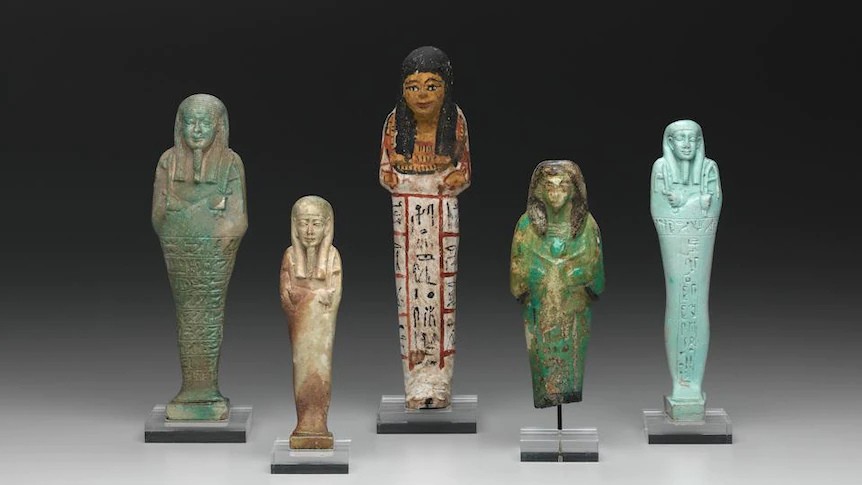
For the Egyptians, art wasn’t just about aesthetics; it was deeply intertwined with their beliefs. Symmetry represented Ma’at—the goddess of truth, justice, and cosmic order. To maintain Ma’at meant ensuring harmony in both life and the afterlife. This belief in balance influenced everything, from governance to the construction of their temples and sculptures.
When you walk through the temples or gaze at the statues, you’re not just looking at art. You’re witnessing a civilization’s quest to reflect divine order. The concept of perfect symmetry on Egyptian sculptures was a powerful statement of their cultural and religious ideals.
How Ma’at Influenced Egyptian Art and Architecture

Art to the Egyptians was not about aesthetics; it is tied to their beliefs: symmetry represented Ma’at-the goddess of truth, justice, and cosmic order. Continuing Ma’at means holding life and the afterlife in balance. This belief in balance influenced everything, from the way they ran their state to construing temples and sculptures.
When you go through the temples or stare at the statues, what you are seeing is not just art; you are observing the quest of a civilization to reflect divine order. Perfect symmetry on Egyptian sculptures was a powerful statement of the cultural and religious ideals of Egypt.
Cultural and Religious Significance of Symmetry
Why was symmetry so important? Beyond aesthetic value, symmetry held deep cultural and religious meaning. It symbolized the balance between chaos and order, life and death, and the mortal and divine realms. Egyptian sculptures were not just works of art but spiritual tools designed to connect these opposing forces.
The sculptures of the Egyptians had meaning in every little detail. For instance, a symmetrical stance of a pharaoh’s statue signified strength and stability. The balance between left and right, up and down, speaks to completeness and perfection. The perfect symmetry on Egyptian sculptures reflects this deeper meaning.
Symmetry in Egyptian Sculptures

Examples of Symmetrical Sculptures
Statues of Pharaohs (e.g., Ramses II, Tutankhamun)
Statues of pharaohs are the prime examples of Egyptian symmetry. The colossal statues of Ramses II, at Abu Simbel, have aligned facial features and a commanding stance. The golden funerary mask of Tutankhamun is a masterpiece in symmetrical artistry, showing the perfect symmetry on Egyptian sculptures.
Sphinx of Giza
Another great example is the Giza Sphinx, with its lion’s body and human head. The symmetry in the structure signifies strength and wisdom, thus for a guardian. This balance makes it an enduring symbol of Egyptian art.
Statues of Gods and Goddesses (e.g., Anubis, Osiris)
The sculptors achieved symmetry in the sculptures of deities, such as Anubis and Osiris. These figures were not for mere decoration; they were a link to the divine, and therefore, perfection had to be achieved. Their balanced forms contribute to the perfect symmetry on Egyptian sculptures.
Detailed Examination of Symmetrical Features
Facial Features
Egyptian sculptors were paying attention to facial symmetry, from the eyes down to the lips, to make every detail of the face be symmetrical. But this wasn’t all; it reflected the ideal of divine perfection and the very core concept of perfect symmetry on Egyptian sculptures.
Body Proportions
Whether it is broad-shouldered pharaohs or goddesses with curving forms, Egyptian sculptures take proper measured balance to show symmetry of body proportions. Sculptors often showed this use of grids for exactitude, underscoring principles of weight and balance.
Poses and Stances
Ever notice how Egyptian statues often have one foot forward? This stance isn’t random. It’s a symmetrical pose that conveys motion and stability simultaneously. Such careful planning underscores the importance of perfect symmetry on Egyptian sculptures.
Material and Techniques for Achieving Symmetry in Sculpture

Use of Tools and Templates
Creating perfect symmetry was not just about talent but also required some tools and techniques. Egyptian artisans used chisels, mallets, and grids in their carving. Templates were also used to maintain proportions. In fact, this precision enabled the Egyptian sculptures to attain the perfect symmetry.
Role of Artisans and Craftsmen
Behind every magnificent sculpture were expert craft workers in their work who dedicated all their lives to learning, to perfect the art. There were specific guidelines to follow, and many of the experts worked together to attain just the perfect perfection needed. So perfect was this art. We do not understand that most of these techniques applied even today. This commitment to excellence shines through the perfect symmetry on Egyptian sculptures.
Famous Examples of Symmetry in Egyptian Sculptures

The Great Sphinx of Giza: Perfecting the Symmetry
Standing among the most remarkable features that represented ancient Egypt was the Great Sphinx. Indeed, in its perfect symmetry, its design captures elements from human intelligence and animal strengths into a balance, encapsulating the true quintessence of Egyptian genius regarding perfect symmetry on their sculpture forms.
Colossi of Memnon
These colossal stone statues of Pharaoh Amenhotep III are marvels of symmetry. Having withstood thousands of years of bad weather, their balanced proportions still impress the viewer and encapsulate meaning perfect symmetry on Egyptian sculptures.
Memphis
Being the ancient Egyptian capital, Memphis housed several symmetrical sculptures that included the gigantic statue of Ramses II, which showed amazing attention to detail and stood the test of time to depict prizing perfect symmetry on Egyptian sculptures.
Thebes
The sculptures found in Thebes, such as those in the Karnak and Luxor temples, demonstrate the Egyptians’ mastery of symmetry in both large-scale and intricate designs. These works exemplify the ideal of perfect symmetry on Egyptian sculptures.
Deir el-Medina
The reason this village is essential for us is because it reflects the lifestyle of craftworkers undertaking such works. The symmetric artifacts found here describe their artistry and the urge to gain perfect symmetry in Egyptian sculptures.
Conclusion
The perfect symmetry on Egyptian sculptures isn’t just a testament to their artistic genius; it’s a window into their world. It reflects their beliefs, values, and unparalleled craftsmanship. Whether you’re standing in front of the Great Sphinx or admiring a smaller statue in a museum, you’re experiencing a piece of history that continues to inspire awe.
At Respect Egypt Tours, we invite you to explore these wonders up close. Walk in the footsteps of ancient artisans and discover the secrets behind their timeless creations. Ready to embark on this unforgettable journey? Let’s make it happen!







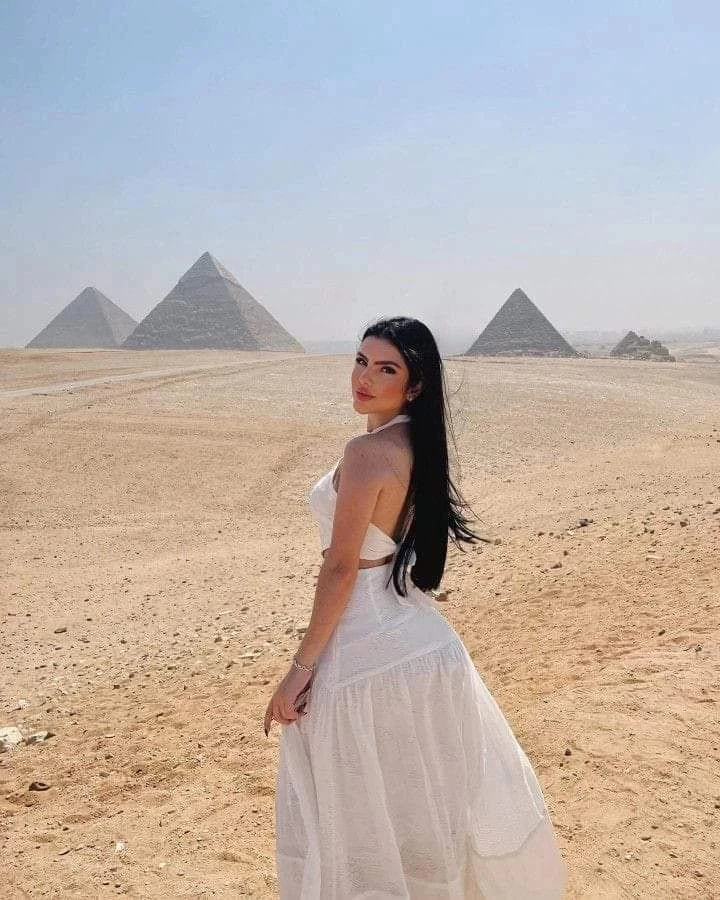









-webp.webp)


-webp.webp)

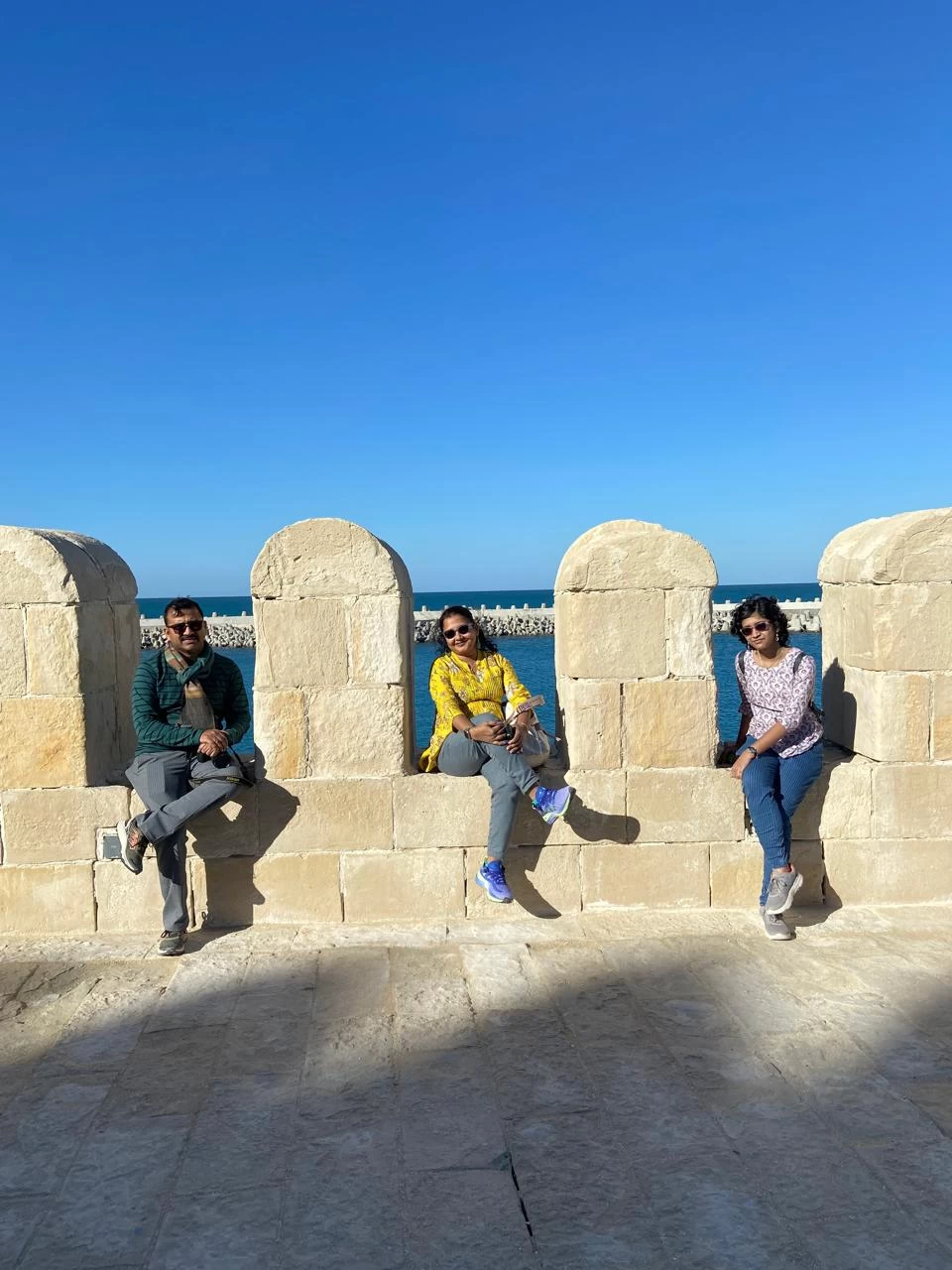


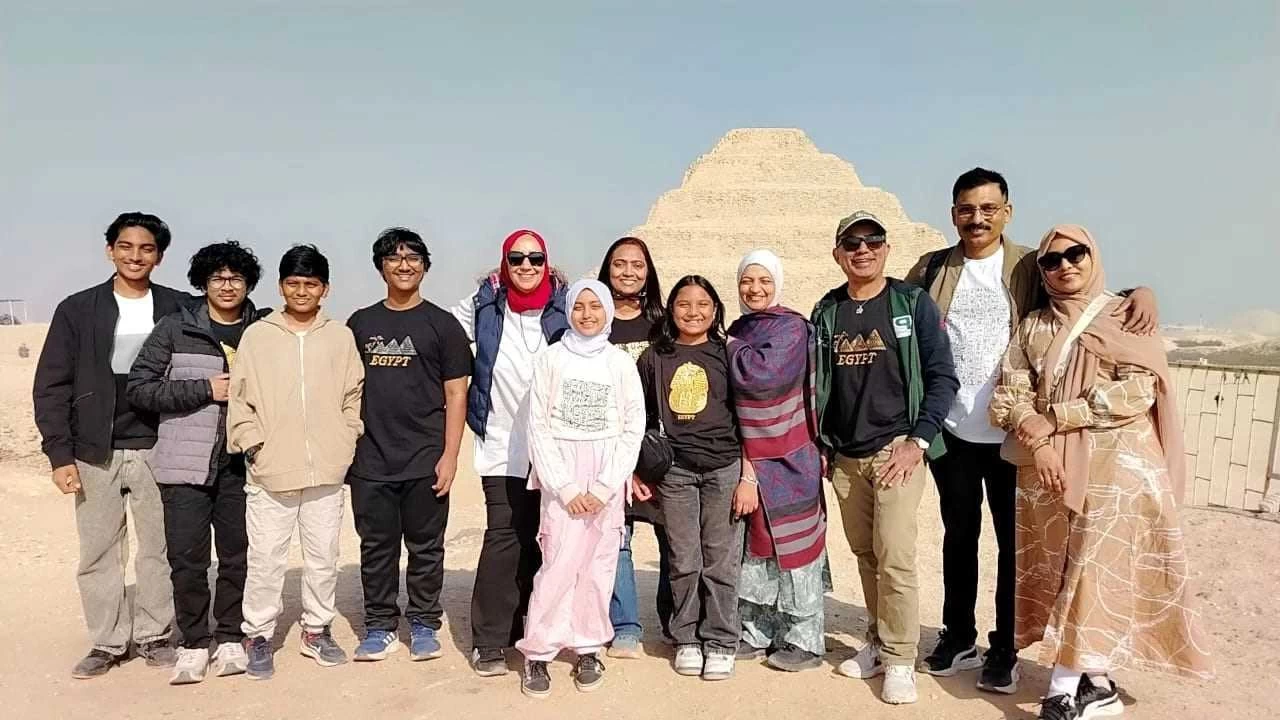
-webp.webp)
-webp.webp)
-webp.webp)
-webp.webp)
-webp.webp)
-webp.webp)
-webp.webp)

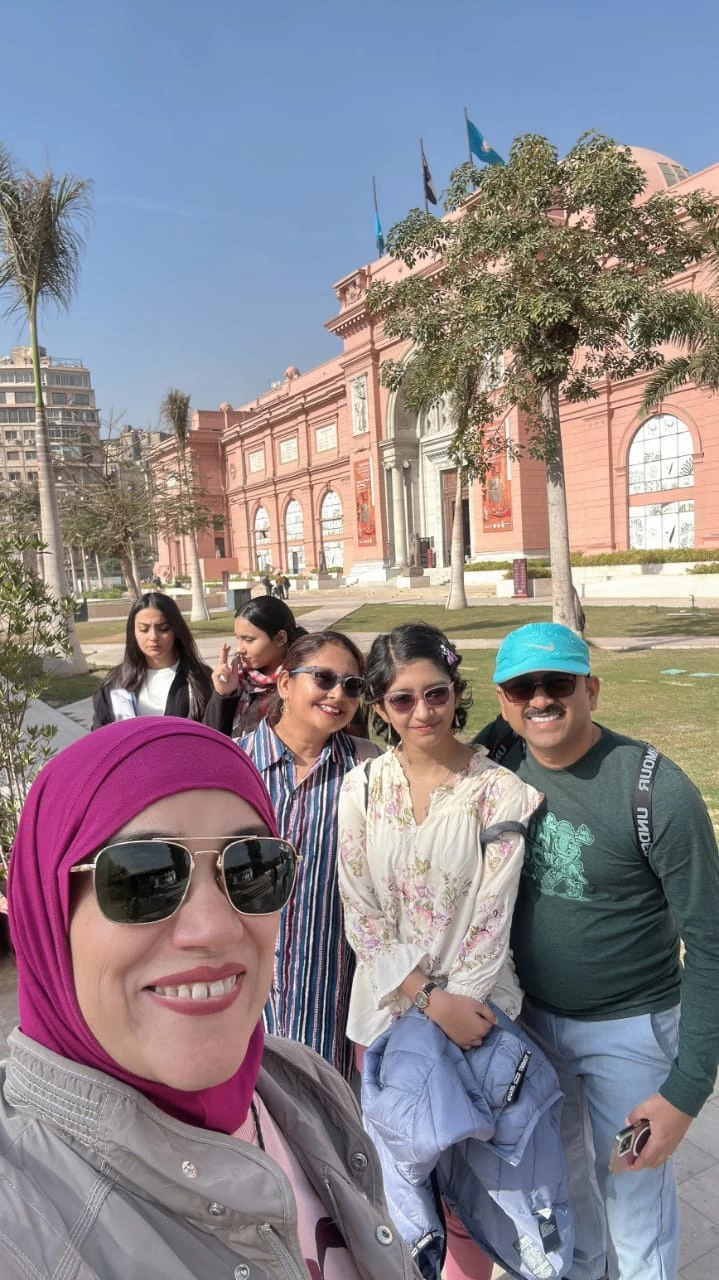
-webp.webp)
-webp.webp)

-webp.webp)
-webp.webp)
-webp.webp)
-webp.webp)
-webp.webp)
-webp.webp)



-webp.webp)

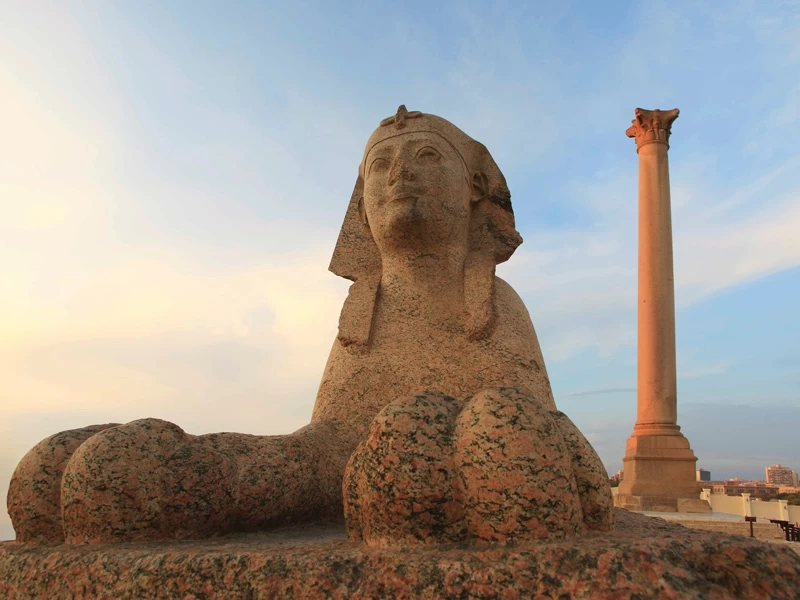




-webp.webp)
-webp.webp)










.png)

